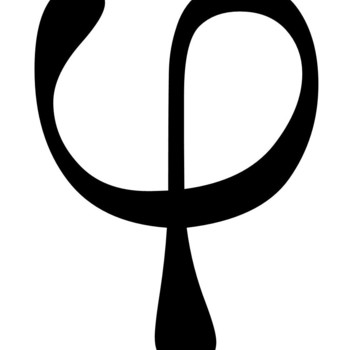We have #lim_(xrarroo)(ln(2x)-ln(1+x))#
Since #lna-lnb=ln(a/b)#, we write:
#lim_(xrarroo)ln((2x)/(1+x))#
According to the limit chain rule, let's say we have a function #(f@g)#, or #f(g(x))#. The limit of this function, when #x# tends to #a#, is given by #L#. To find #L#, we first find #lim_(xrarra)g(x)#. The answer to this is given as #b#. Then, we find #lim_(urarrb)f(u)#, where #u=g(x)#. The answer for this final limit is #L#.
Here we take #f(x)=lnx# and #g(x)=(2x)/(1+x)#. Also, here, #a=oo#. First we take:
#lim_(xrarroo)(2x)/(1+x)#
#2lim_(xrarroo)x/(1+x)#
We input #oo#:
#2(oo/oo)#
We see that we get an indeterminate form. According to L'Hopital's Rule, when #lim_(xrarrc)f(x)/g(x)# yields an indeterminate form, such as #oo/oo#, the limit is given by #lim_(xrarrc)(f'(x))/(g'(x))#.
We go back to #lim_(xrarroo)x/(1+x)#. Since #d/dxx=1# and #d/dx(1+x)=1#, we write it as:
#2*(1/1)#
#2(1)#
#=2#
So we say that #b=2#. We compute:
#lim_(urarr2)ln(u)#
Simply input and we get:
#ln(2)#
Our answer.

